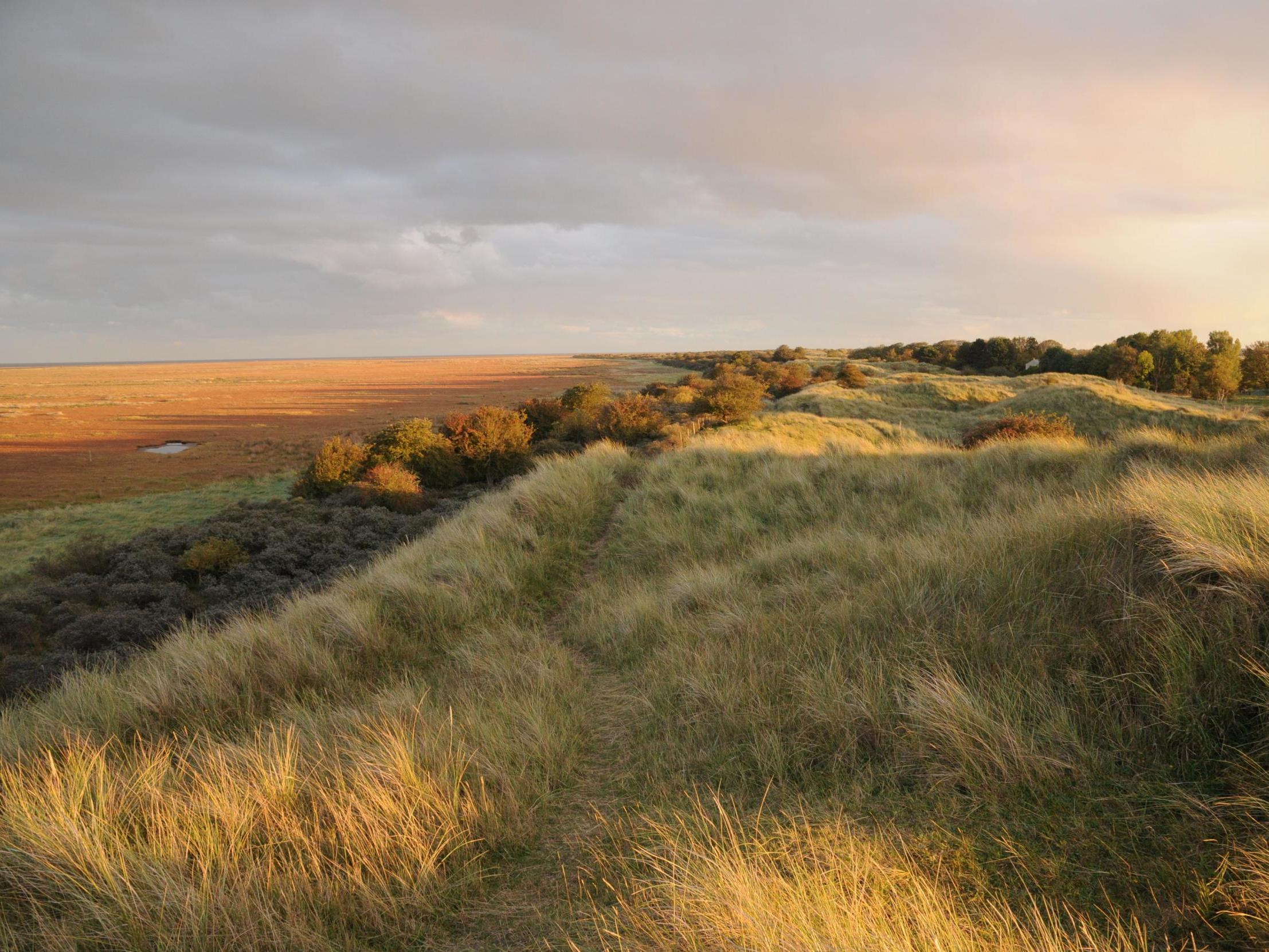Sand dunes home to rare British toads and lizards get £4m conservation boost
Habitat home to 70 rare species including natterjack toads, sand lizards and fen orchids

Your support helps us to tell the story
From reproductive rights to climate change to Big Tech, The Independent is on the ground when the story is developing. Whether it's investigating the financials of Elon Musk's pro-Trump PAC or producing our latest documentary, 'The A Word', which shines a light on the American women fighting for reproductive rights, we know how important it is to parse out the facts from the messaging.
At such a critical moment in US history, we need reporters on the ground. Your donation allows us to keep sending journalists to speak to both sides of the story.
The Independent is trusted by Americans across the entire political spectrum. And unlike many other quality news outlets, we choose not to lock Americans out of our reporting and analysis with paywalls. We believe quality journalism should be available to everyone, paid for by those who can afford it.
Your support makes all the difference.A scheme to reverse declines in wildlife-rich dune habitats by getting the sands shifting again has been given a £4m funding boost.
Sand dunes are home to rare plants and animals, with 70 species listed as conservation priorities including the natterjack toad, sand lizard, fen orchid, purple milkvetch and dune gentian.
The “dynamic dunescapes” project, backed by funding from the National Lottery, marks a move away from a decades-old approach to managing sand dunes, which has seen them kept where they are with fencing and vegetation.
These important habitats have declined by a third since 1900 in the UK – and in Wales the situation is particularly acute with dune landscapes down by almost two-thirds. Conservationists say dunes are naturally mobile and need to be moving to be effective habitats.
But previous management with fencing restricted public access and allowed invasive species of plants to become established, which prevented the dunes from moving.
This has turned landscapes which form a backdrop to many British beaches into sterile grassy hillocks which do not provide the habitat rare species need.
Using the funding, government conservation agency Natural England has teamed up with the National Trust, Plantlife, The Wildlife Trusts and Natural Resources Wales to create more dynamic sand dune landscapes.
The project will conserve almost 7,000 hectares (17,300 acres) of sand dunes – some 35 per cent of the total for England and Wales – and improve access for the public.

Conservation measures will include natural rabbit grazing, creating dune slacks or depressions that can be flooded, and removing invasive species.
The four-year scheme will also involve members of the public in monitoring wildlife and how the dunes are changing and train individuals and organisations in managing and researching the habitat.
Drew Bennellick, at the National Lottery Heritage Fund, said: “In recent decades the approach has been to keep dunes where they are by using fencing and vegetation.

“We now know that this is bad news for some of the rare species that make their homes among our dunes and they need to be able to naturally move – to be dynamic dunescapes.
“It’s not easy to get the balance right – we need dunes to move but we don’t want them to end up in people’s gardens or taking over the beach-side car park.
“Thanks to this National Lottery funding and the expertise of the partnership organisations, this project can begin to find ways of addressing these pressing issues.”
Nicola Hutchinson, from wildlife charity Plantlife, said: “This project will radically revitalise our ailing dunes and the wealth of wildflowers they harbour.
“Re-injecting real dynamism into dunes will revitalise wild plants which may appear rooted to the spot but are always on the move and benefit from shifting sands.”
The project will concentrate on improving the condition of nine dune landscapes at: Anglesey and Gwynedd; Braunton Burrows, North Devon Coast: Carmarthenshire; Cumbrian Coast; Lincolnshire Sand Hills; North Cornwall Coast; Sefton Coast; Studland Dunes, Dorset; Swansea, Neath, Port Talbot.
Additional reporting by PA
Join our commenting forum
Join thought-provoking conversations, follow other Independent readers and see their replies
Comments